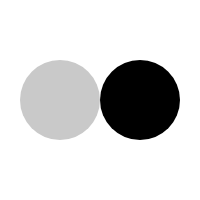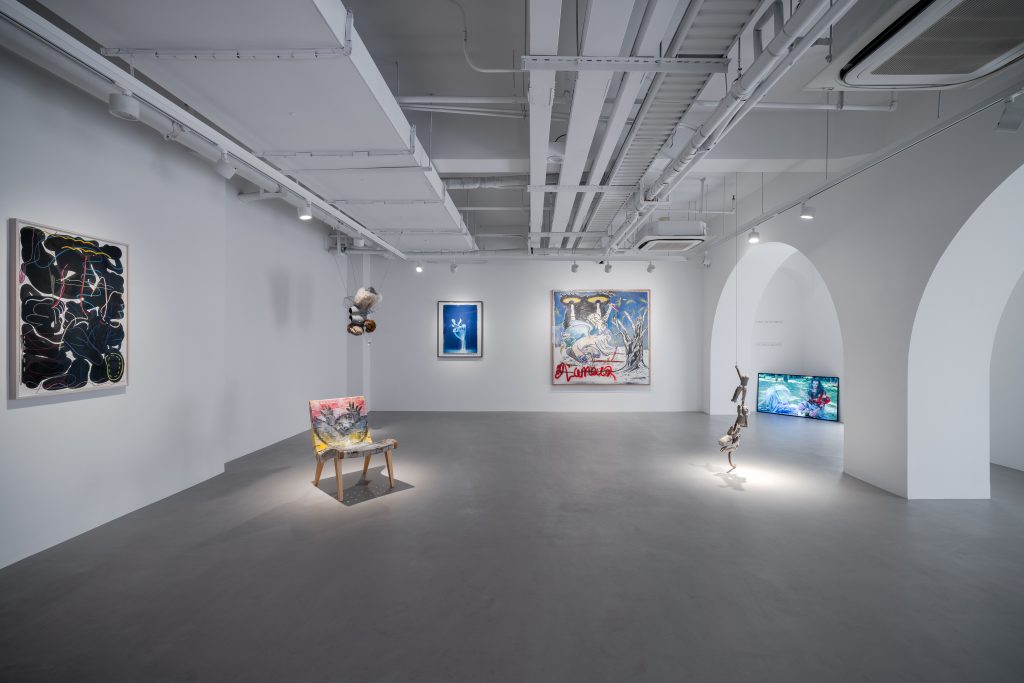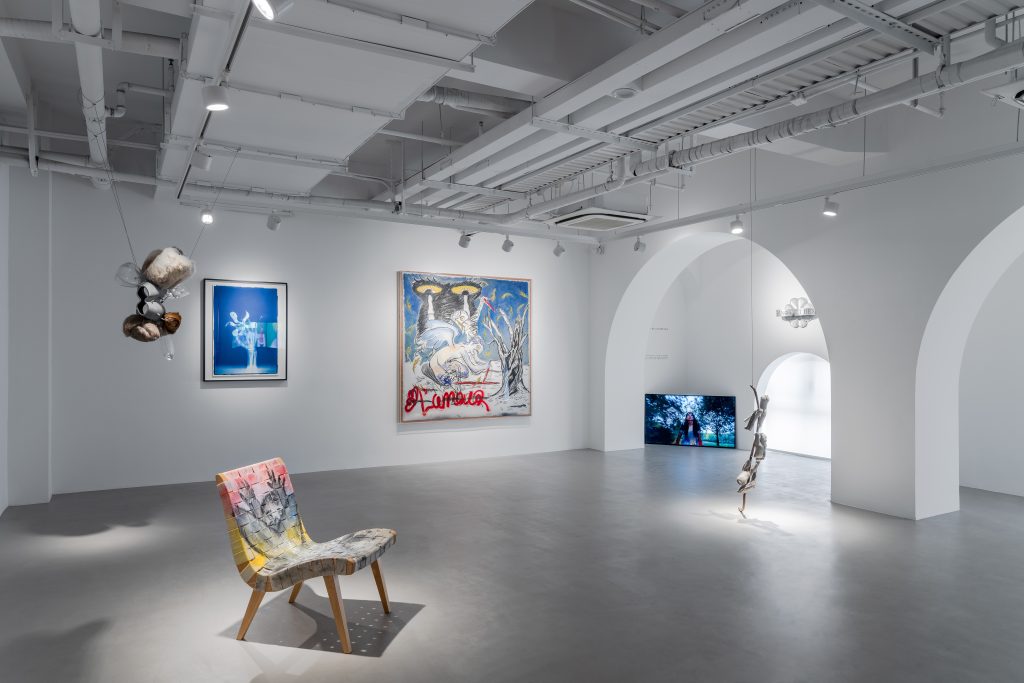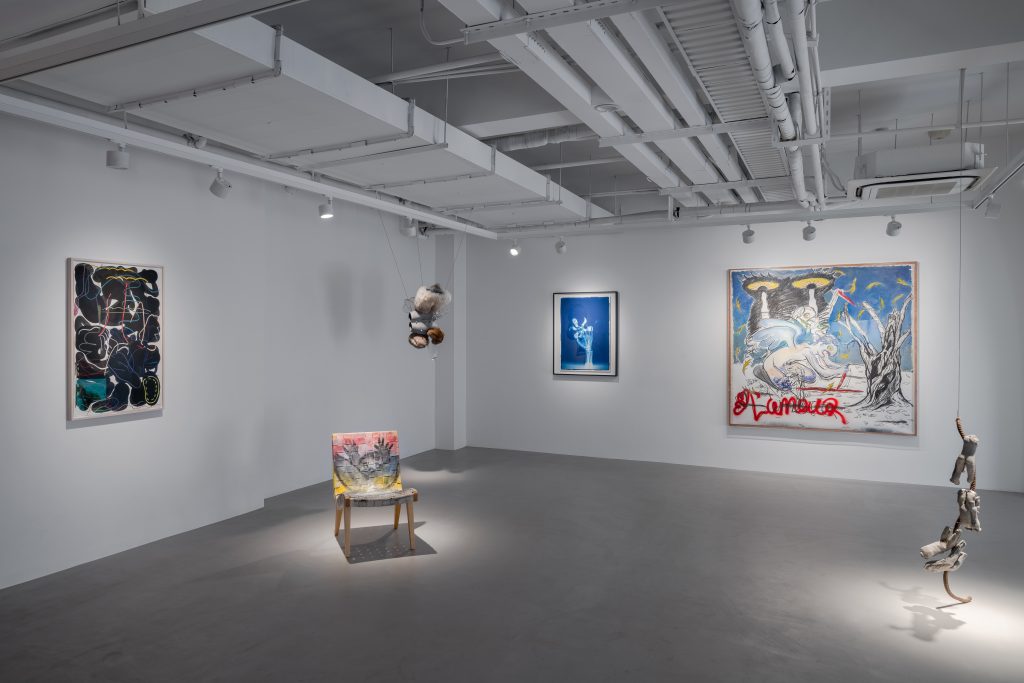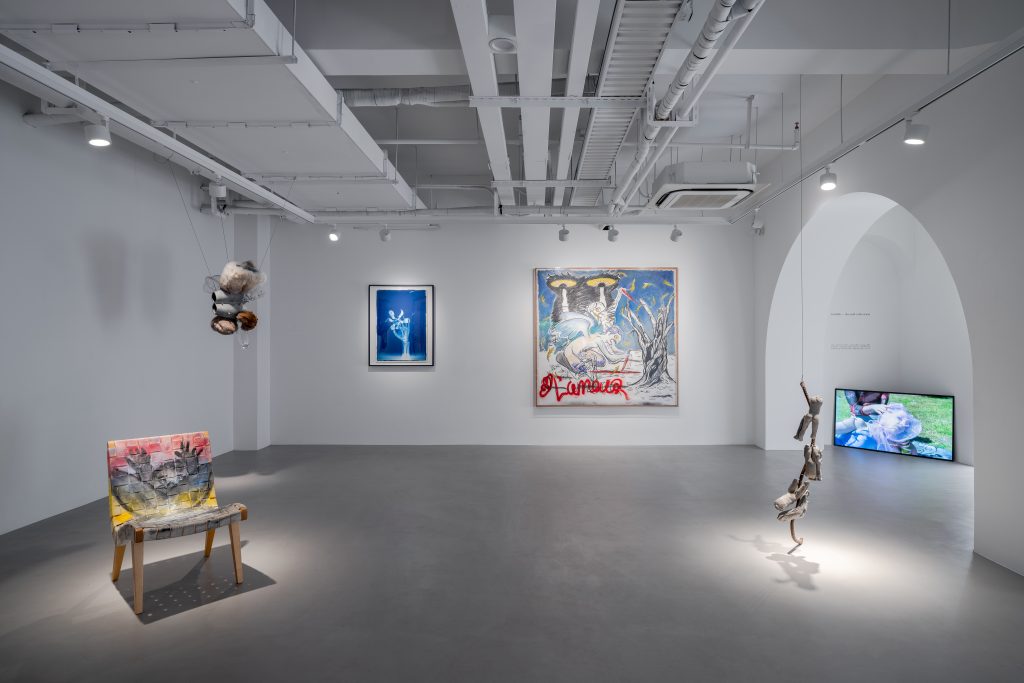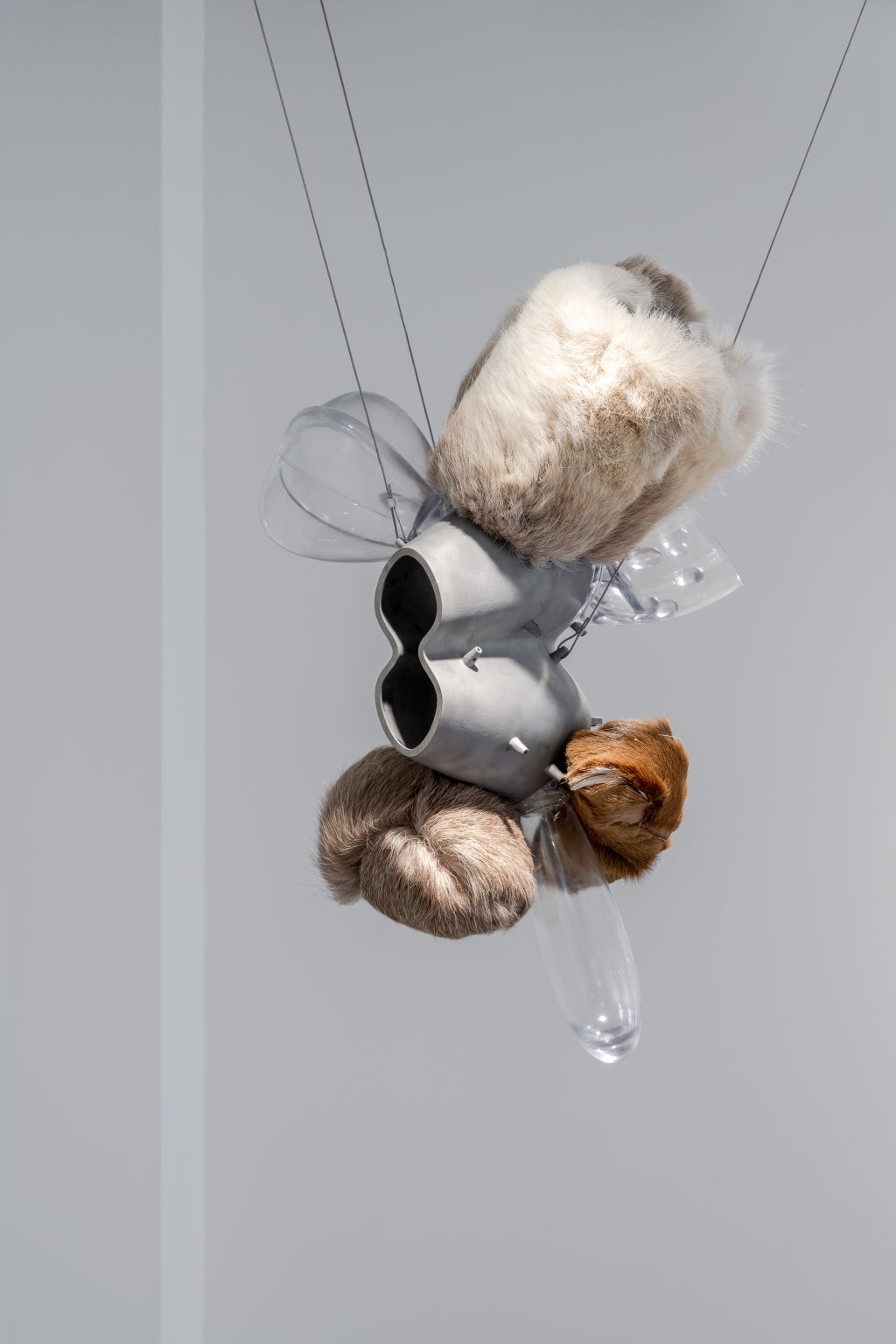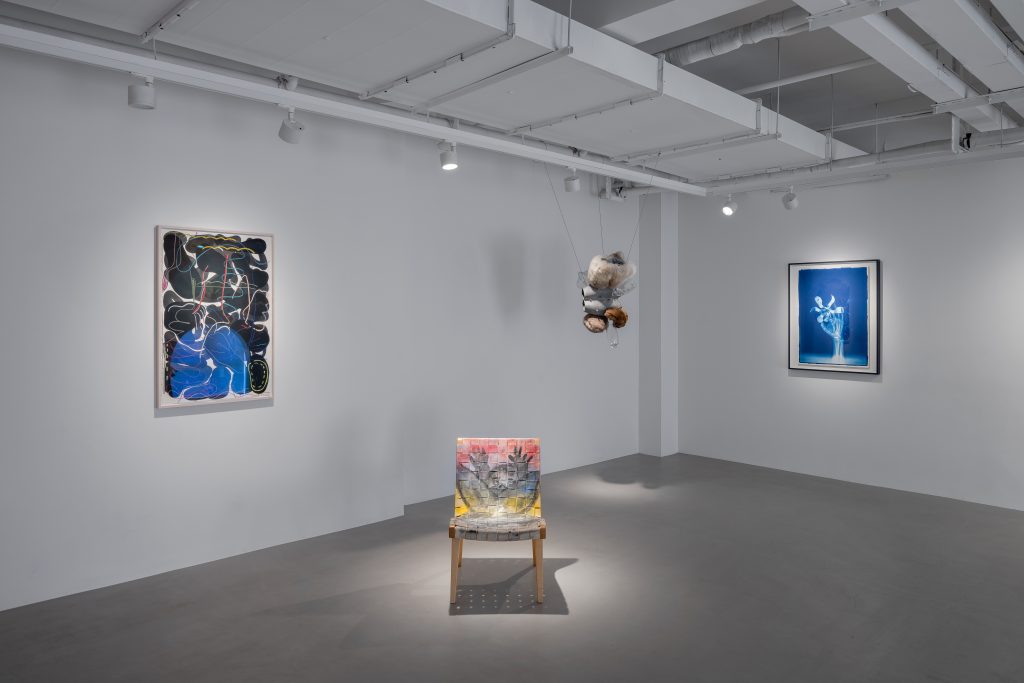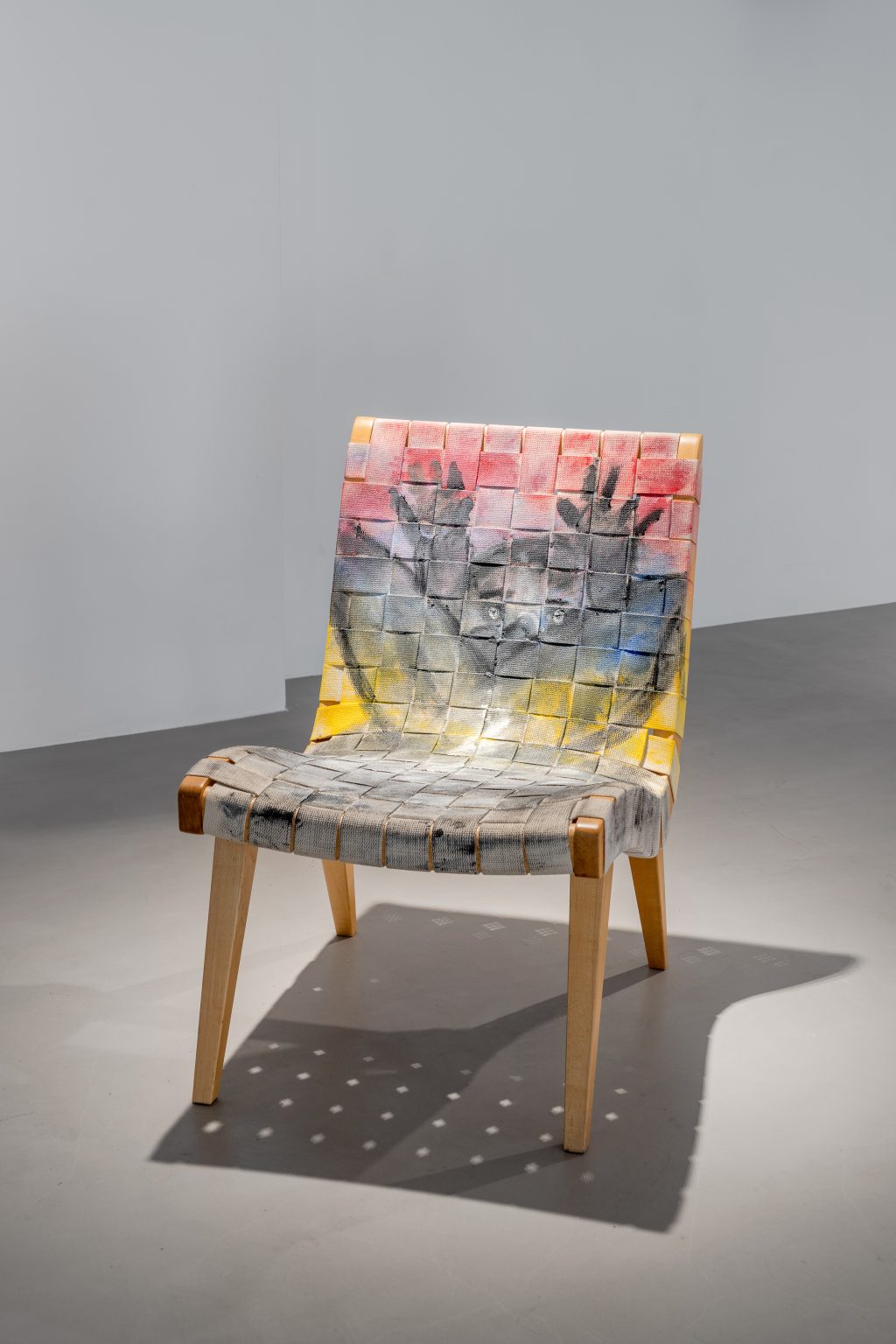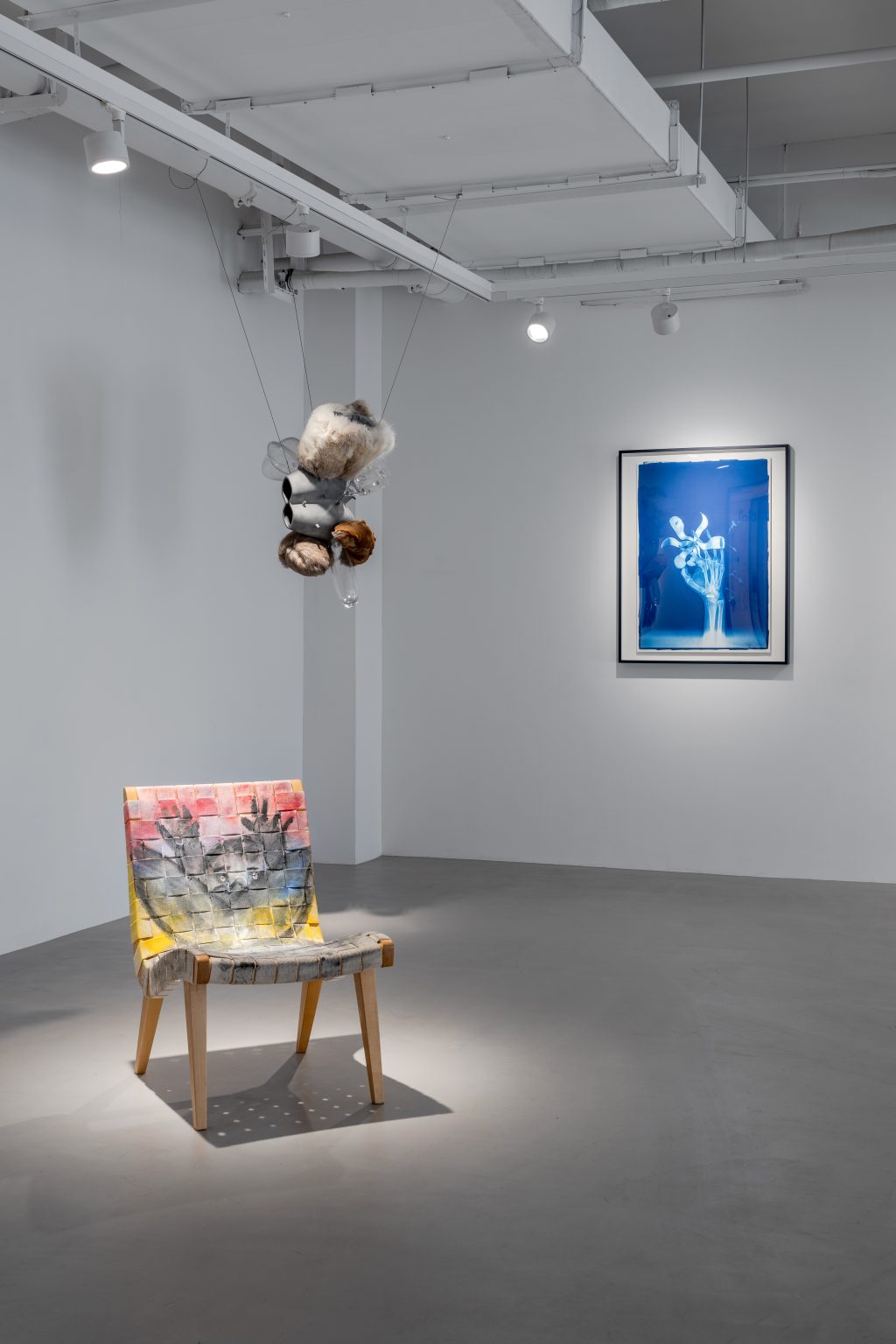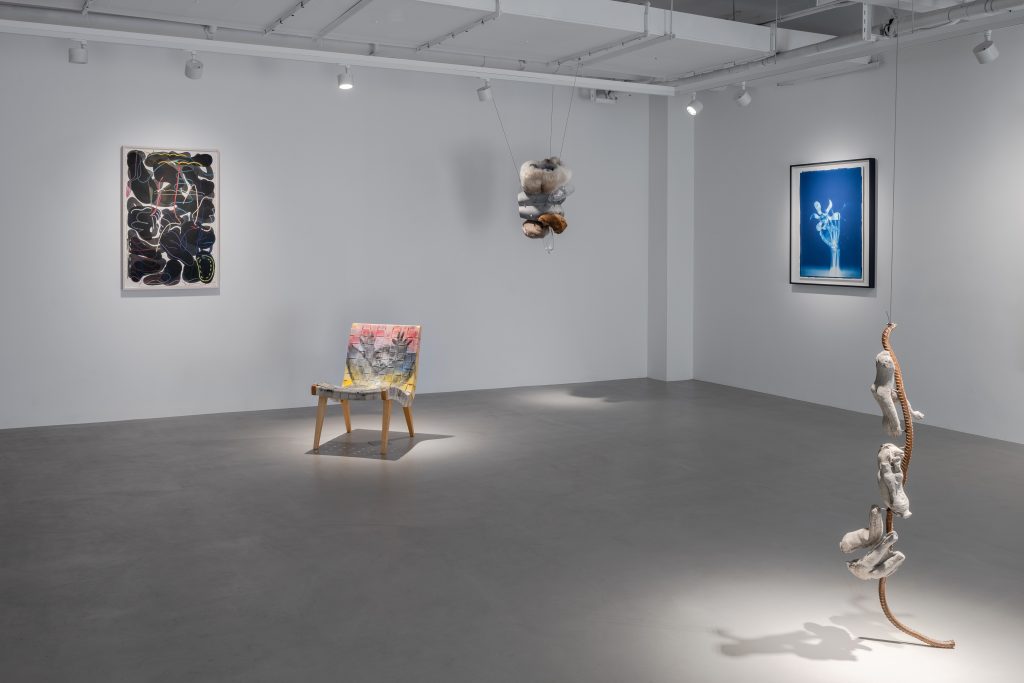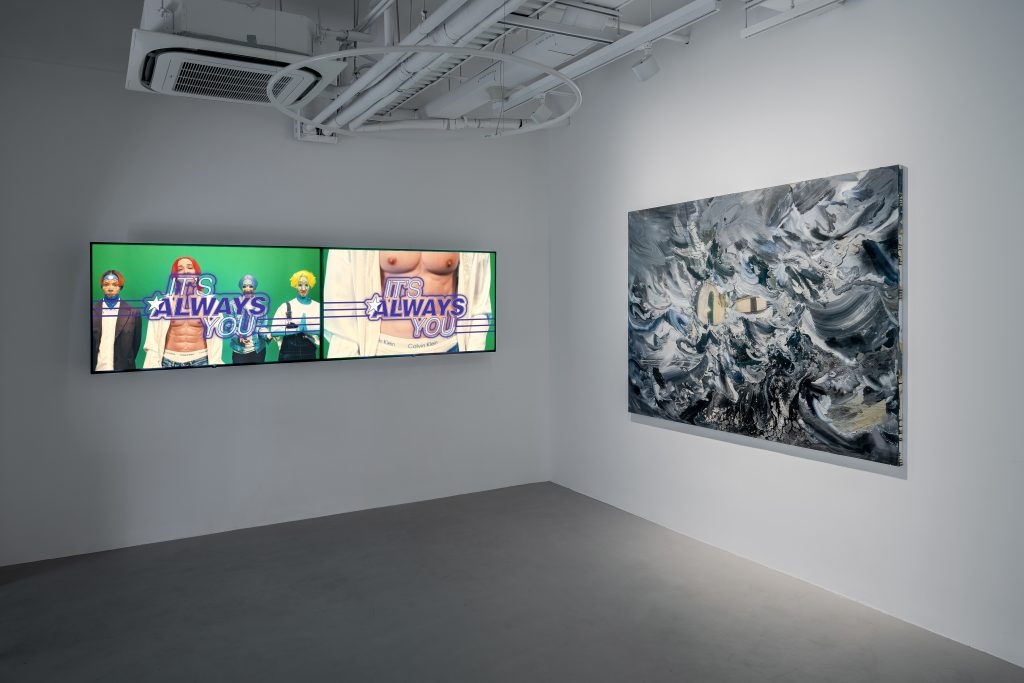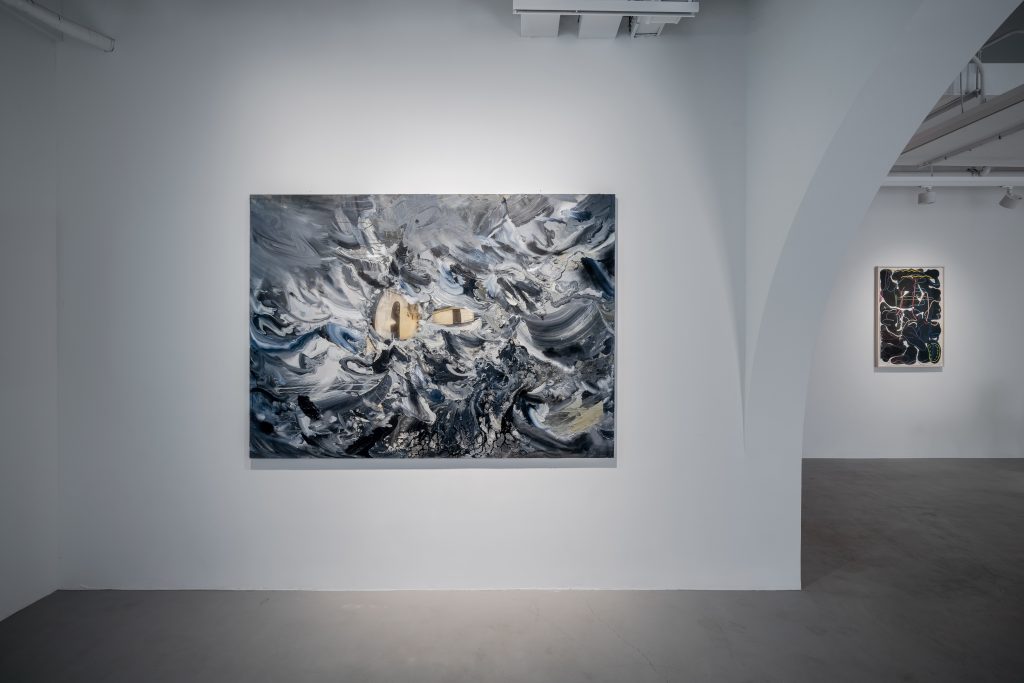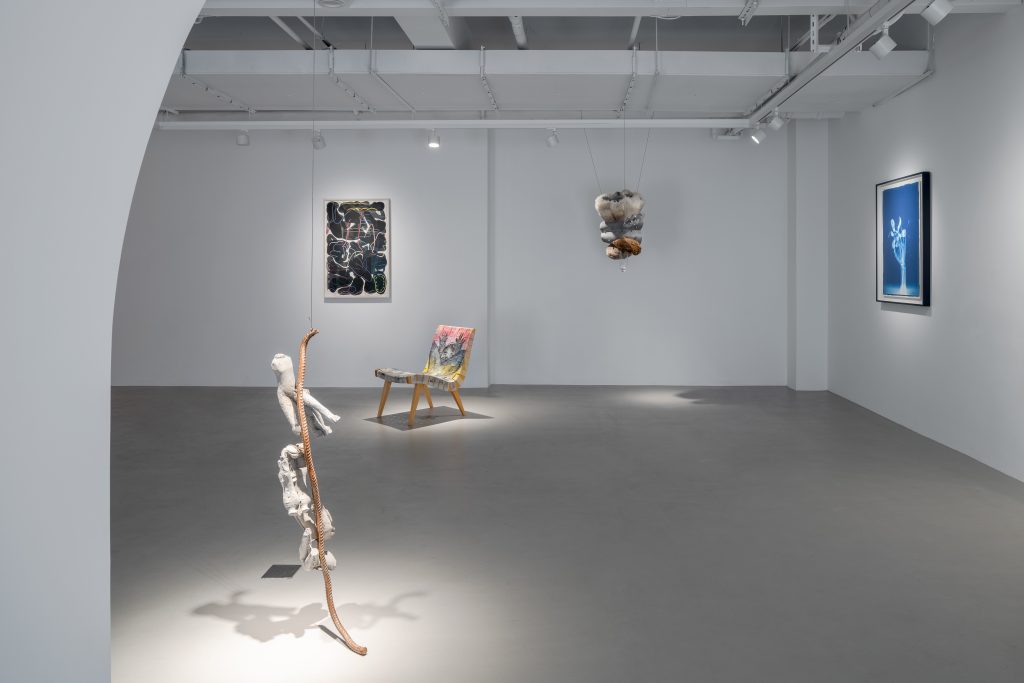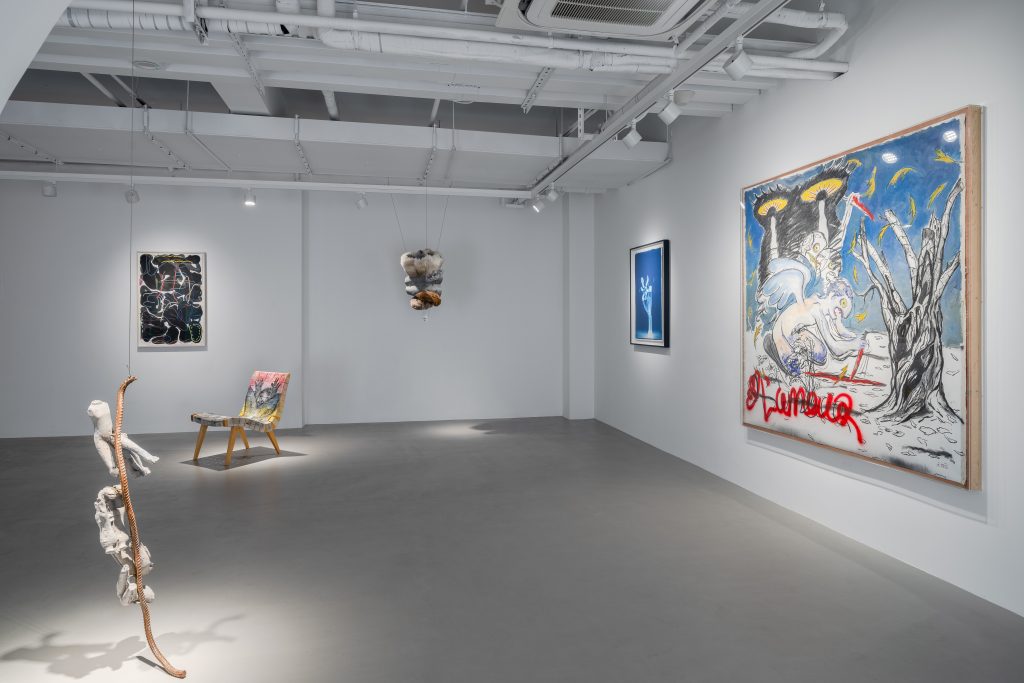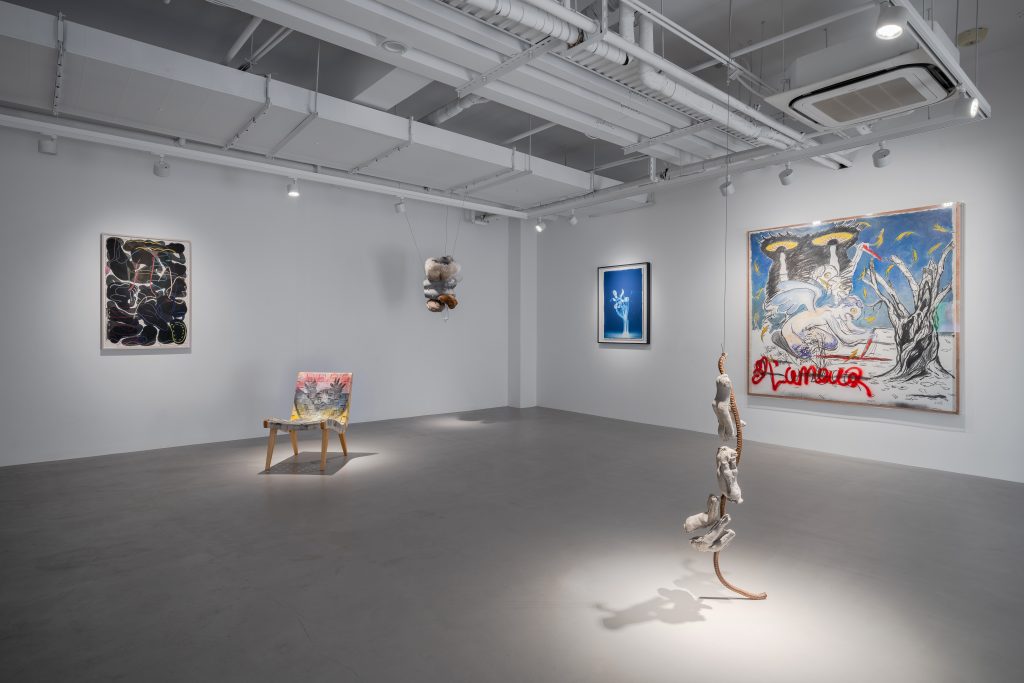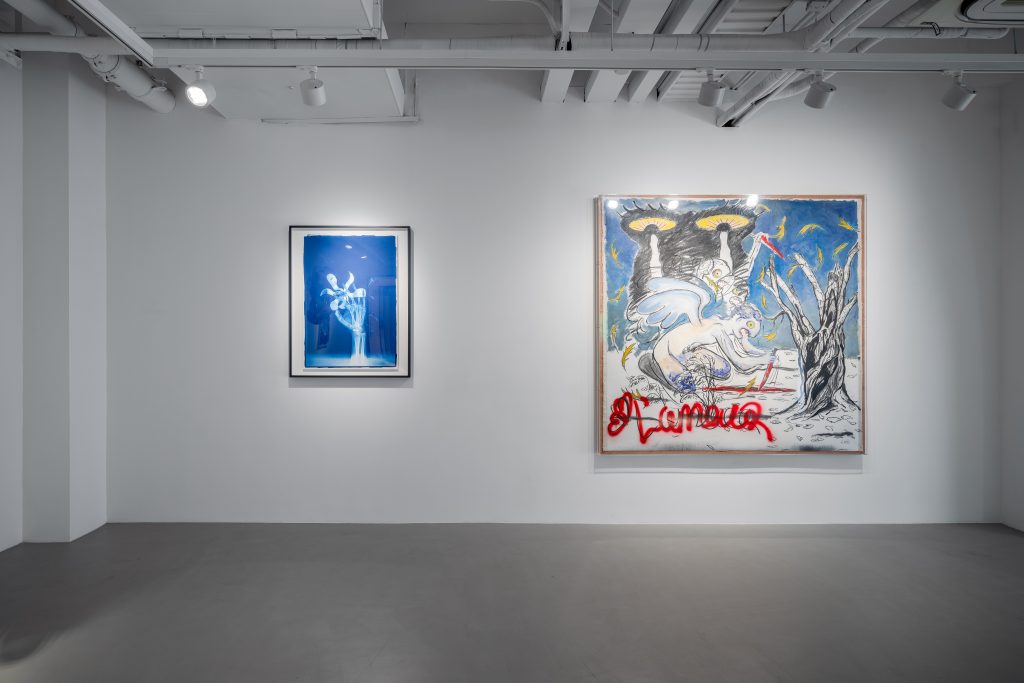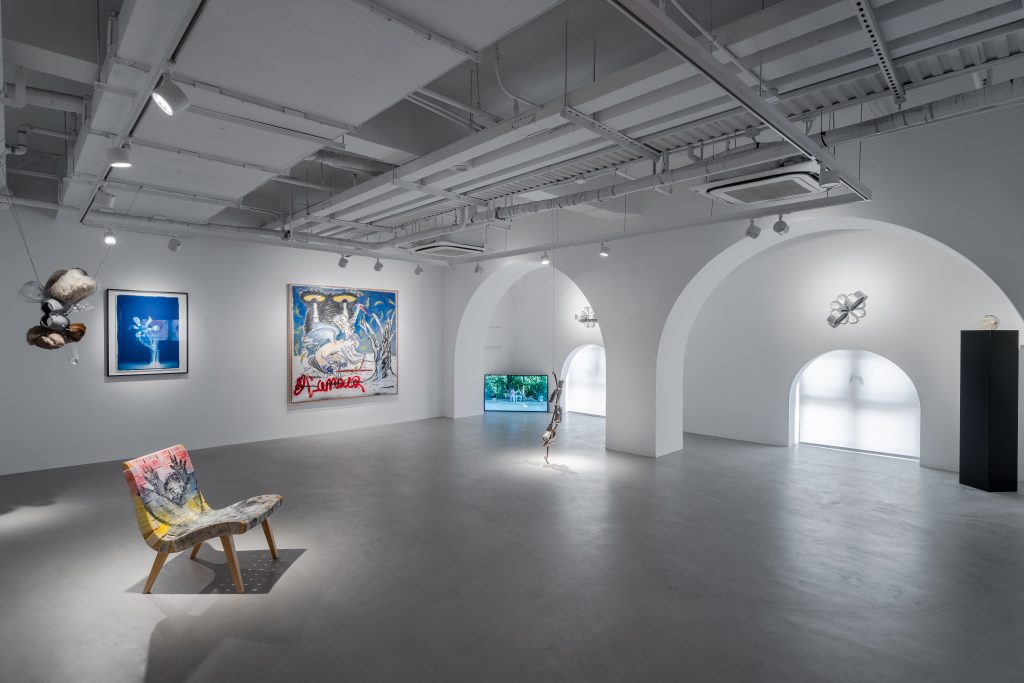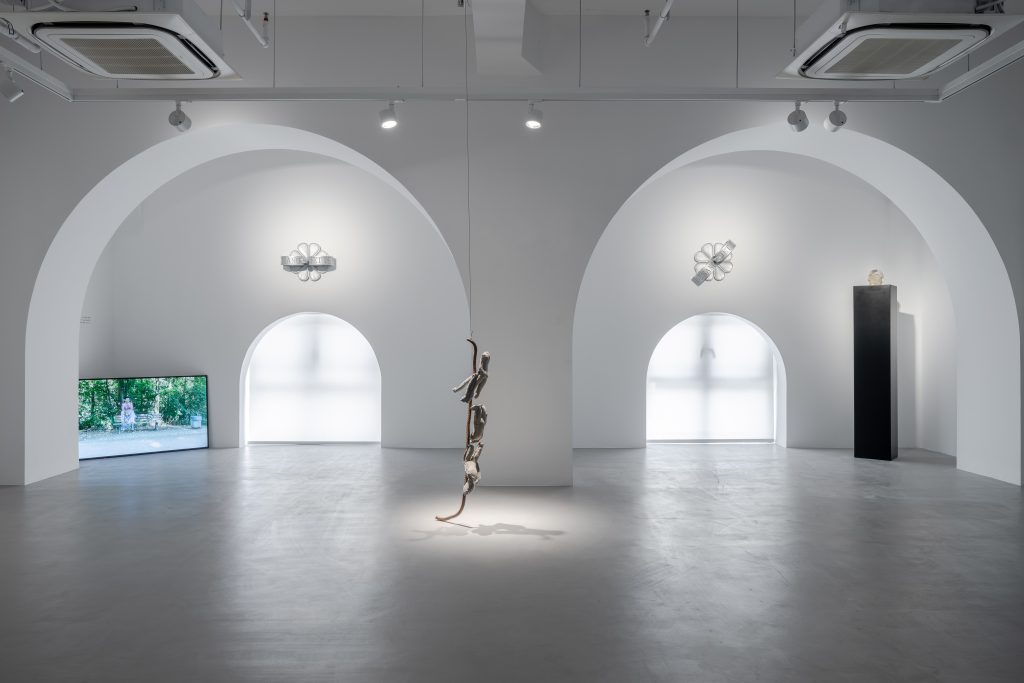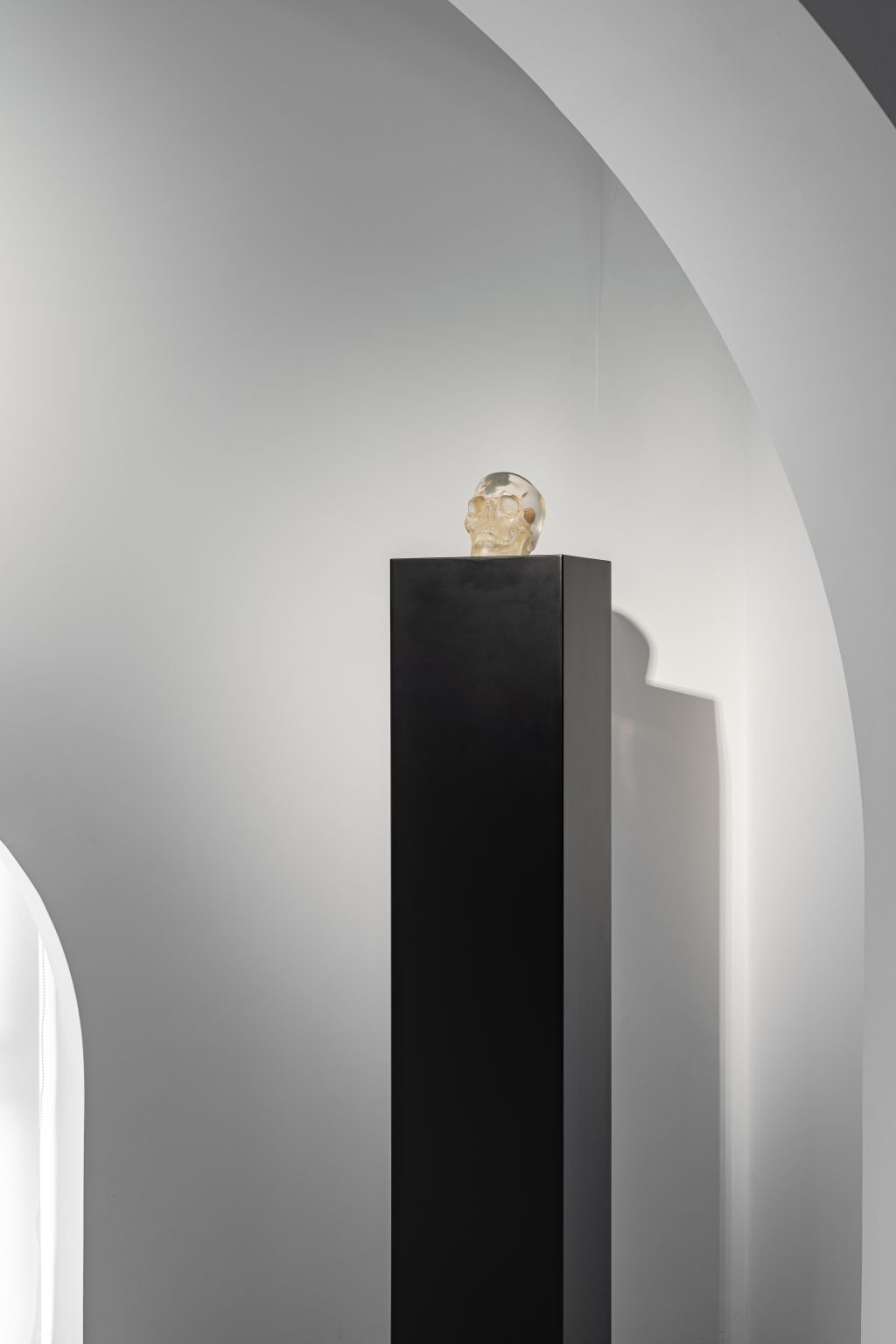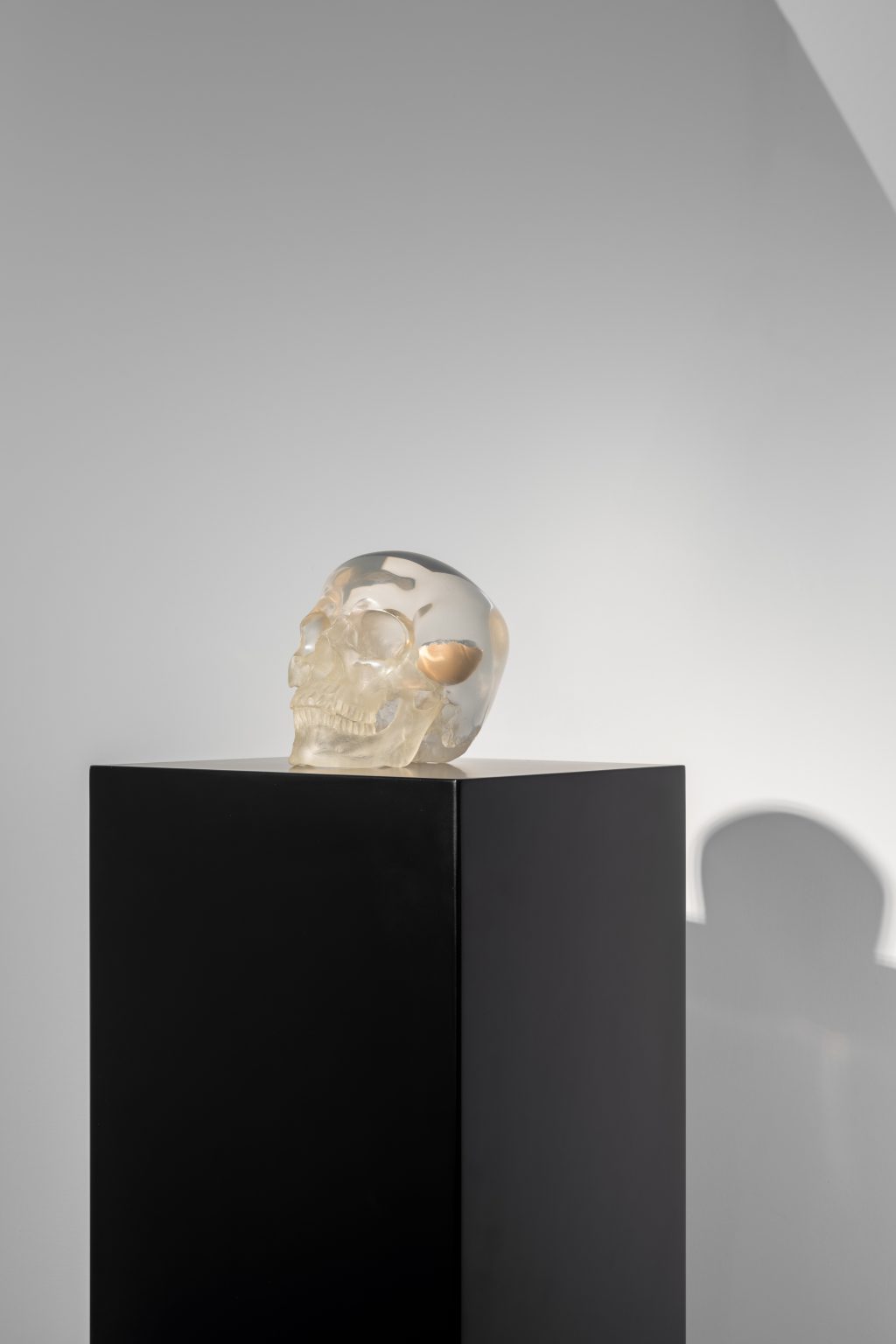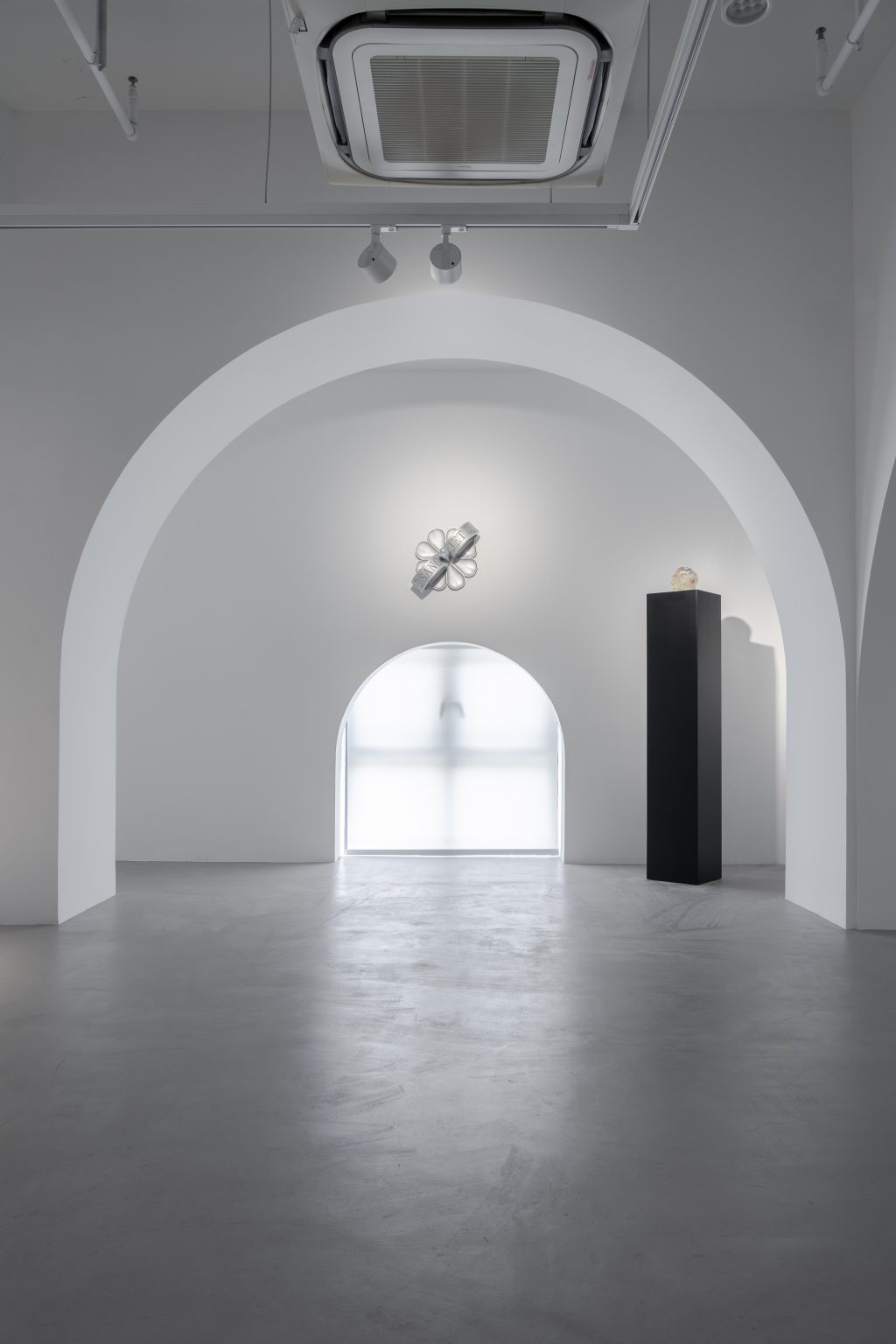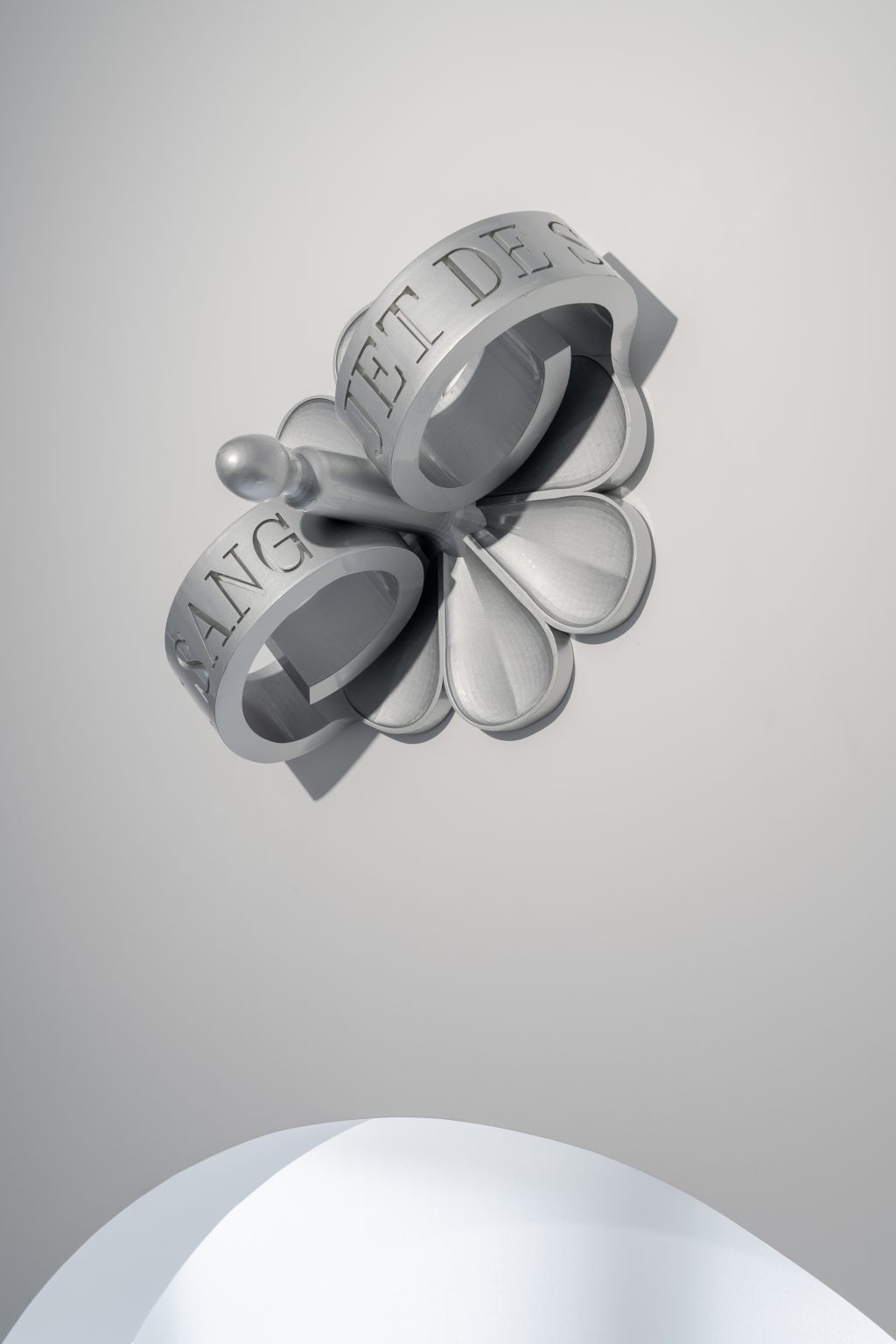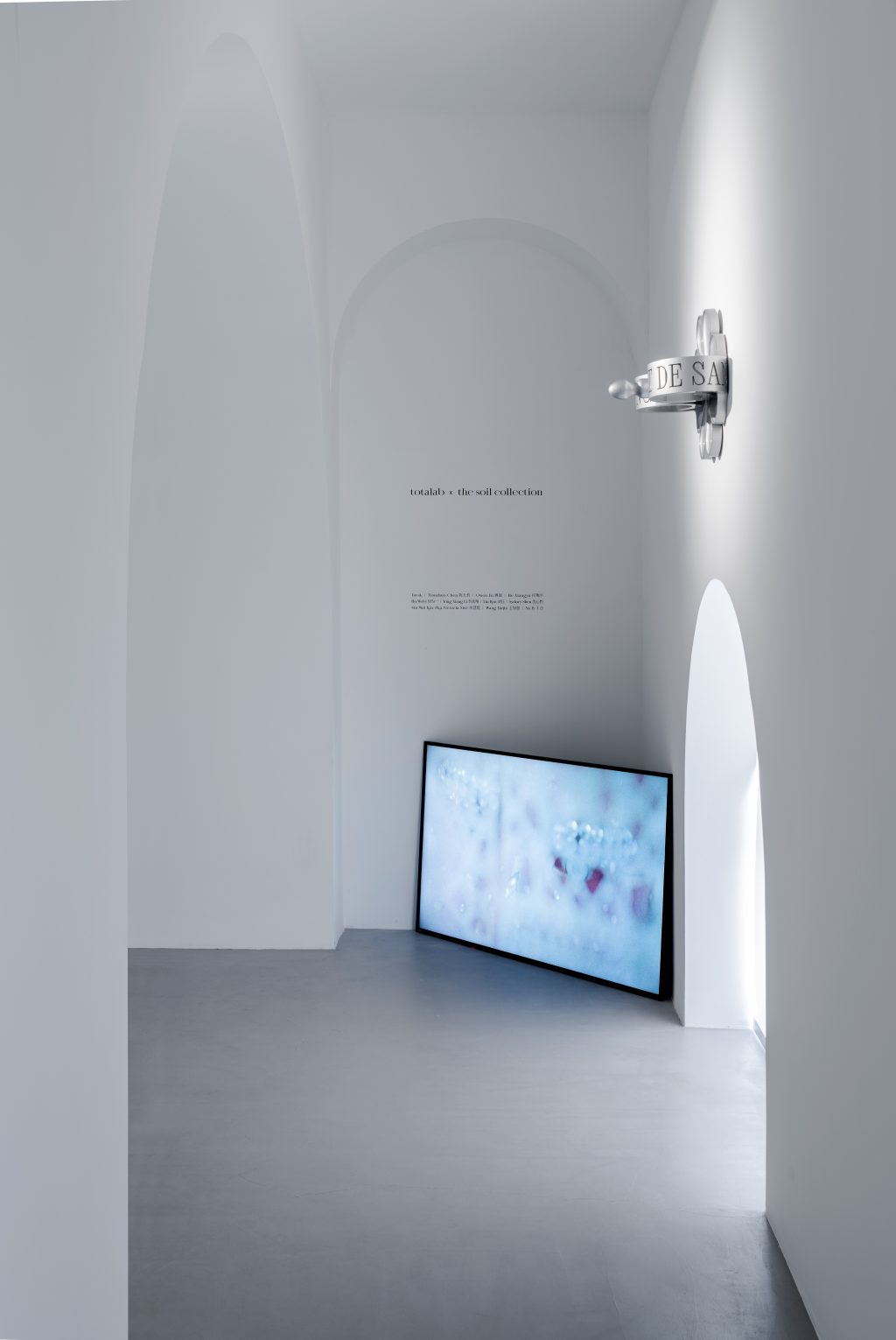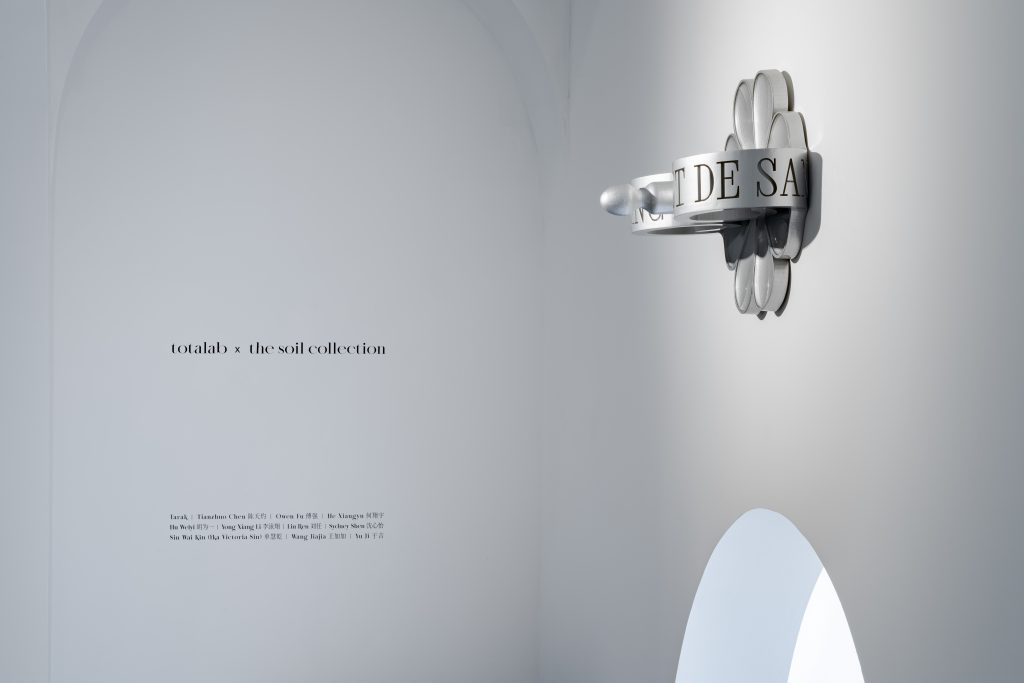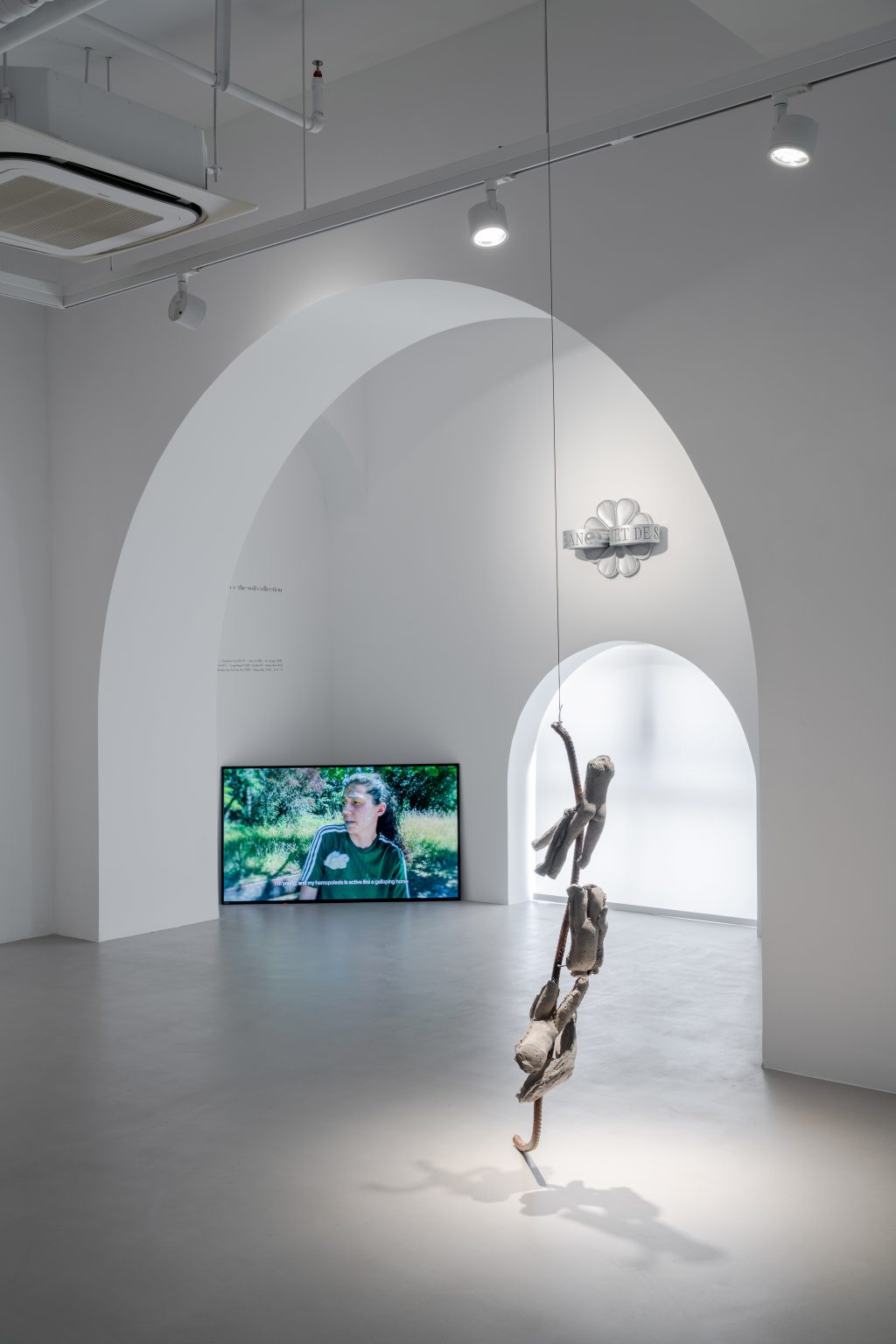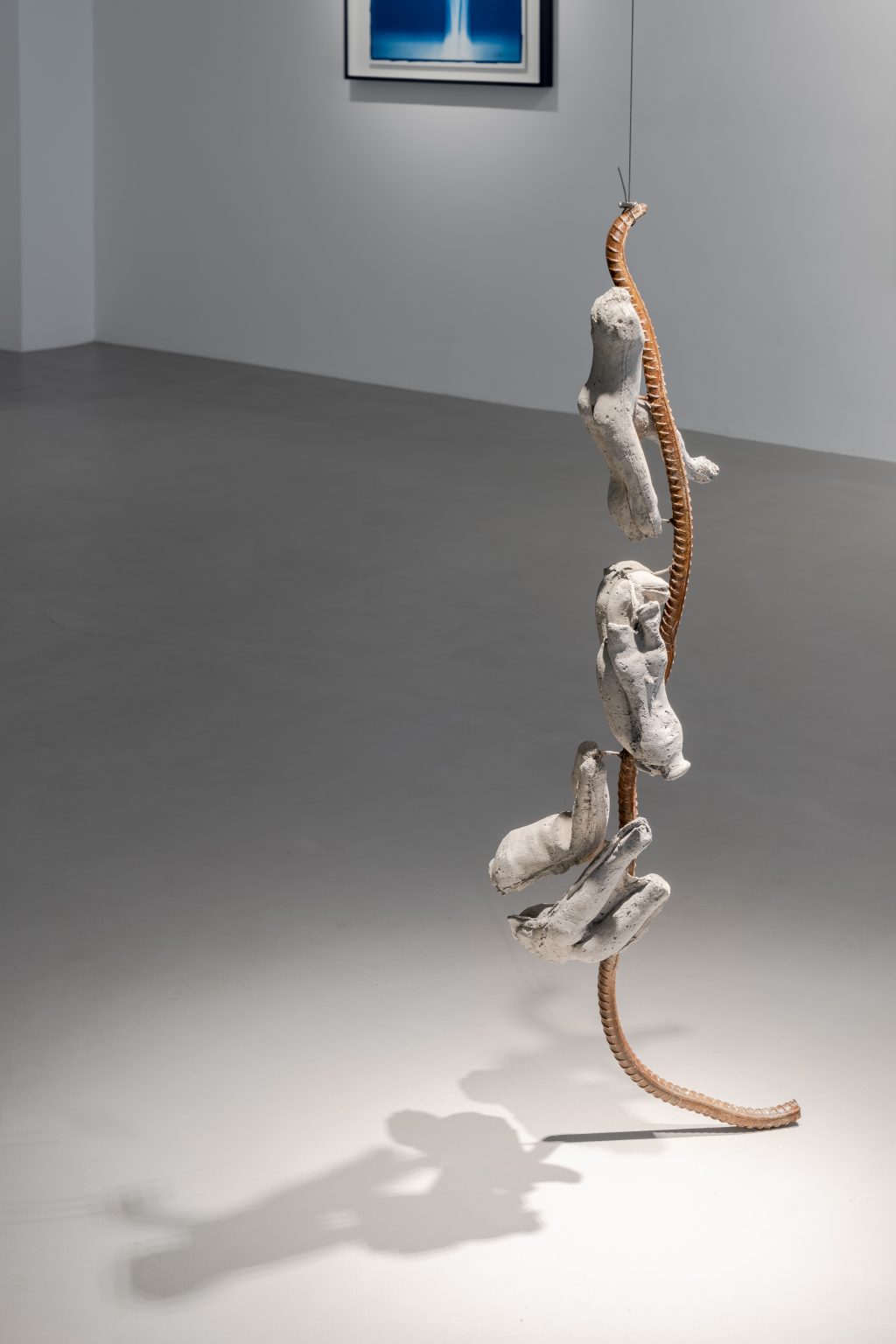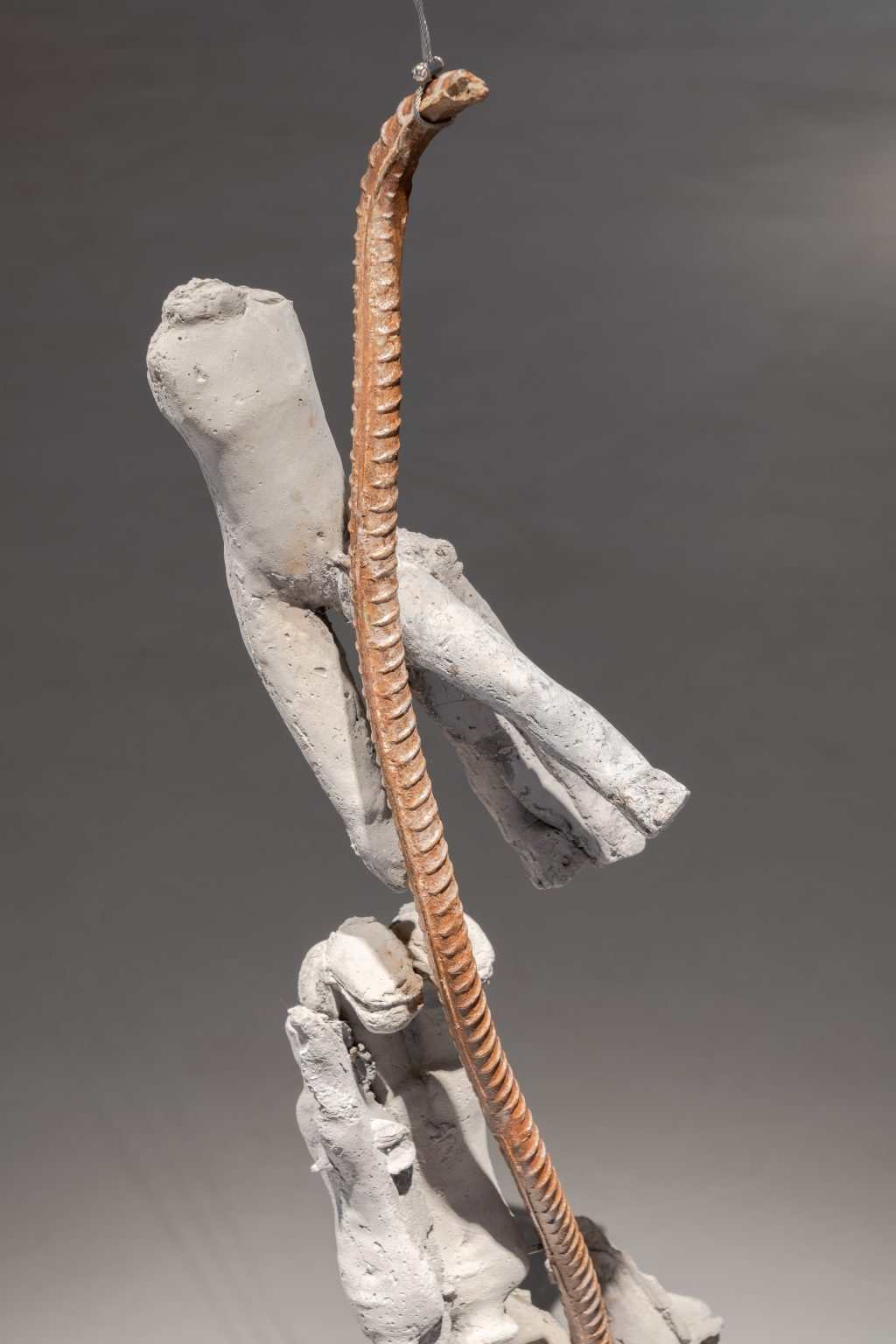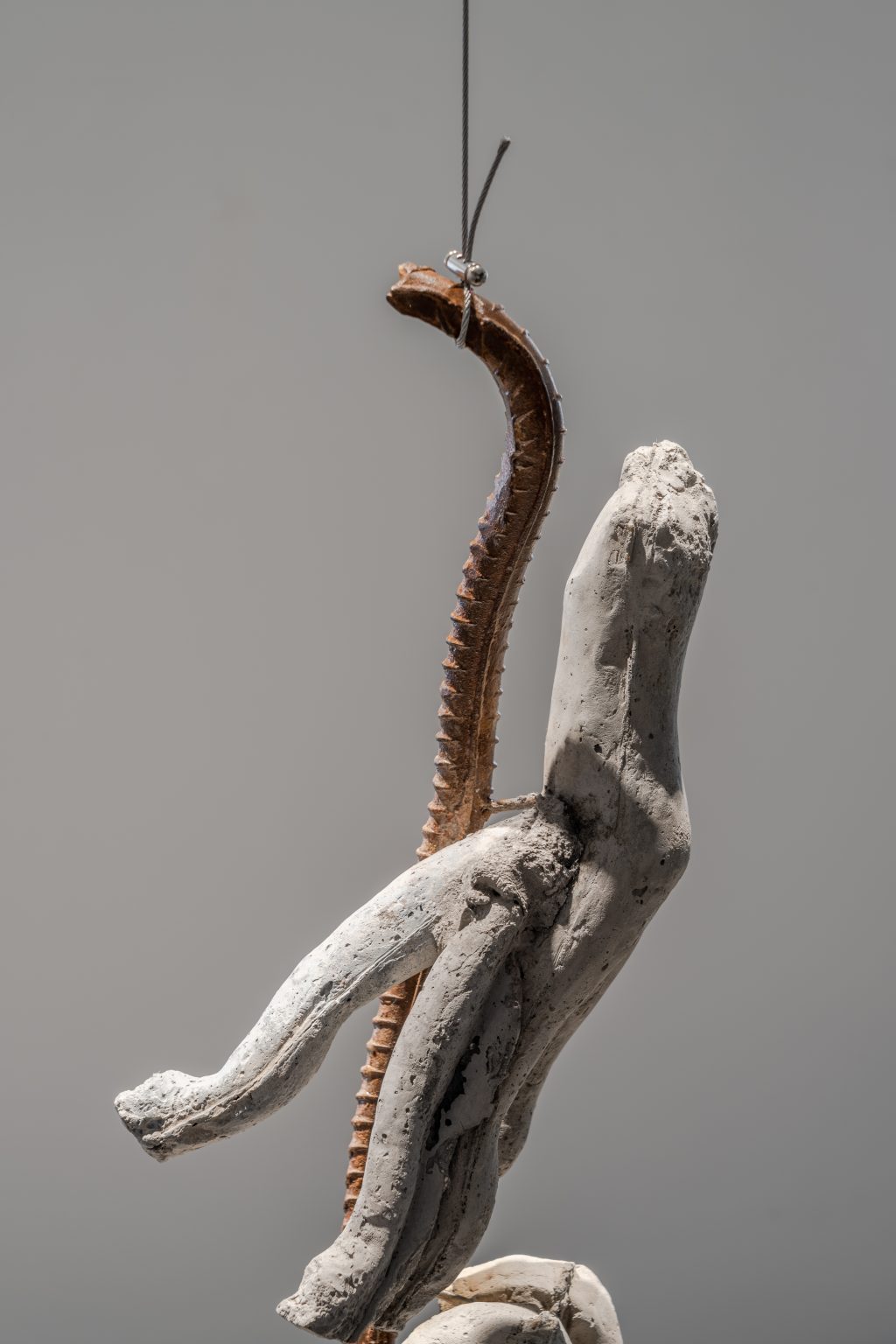CuratorialtotalabInter-institutionalCommunal
Going Viral: Zombies, Pluribiosis, and Love of the Living Dead | totalab x The Soil Collection | Shanghai | 2022
totalab is pleased to present “Going Viral: Zombies, Pluribiosis, and Love of the Living Dead,” a special project launched in conjunction with 2022 Shanghai Art Week. The exhibition showcases recent works from Tarak, Tianzhuo Chen, Owen Fu, He Xiangyu, Hu Weiyi, Yong Xiang Li, Liu Ren, Sydney Shen, Sin Wai Kin/fka Victoria Sin, Wang Jiajia, and Yu Ji, which were acquired over the past three years of covid by the soil collection.
“Going Viral,” the exhibition title, is often a metaphor for something gaining significant online traction within a short period – like the rapid spread of a virus. Networked and geometrised, viruses now signify scientific data and models and multimedia, interdisciplinary, and transnational means of communication. Bruno Latour suggested that the emergence of human-to-human viruses proves our mistake in externalising and objectifying the natural world.1 When a new virus arrives, we either become the virus itself or mimic its growth pattern, living with ourselves to continue colonising and looting in the virtual world. 1 When a new virus arrives, we either become the virus itself or mimic its growth pattern, living with ourselves to continue colonising and looting in the virtual world.
Of course, we have to stay optimistic. In “Welcome to the Virosphere,” Eben Kirksey’s editorial in the recent e-flux Journal October issue, she writes, “symbiotic relationships are often unwanted or unescapable.…learning how to think like symbiotic viruses might offer ways out of contemporary planetary predicaments.”2 If “Going Viral” is destined for our society, we should re-calibrate and re-structure the priorities of our viral response. With the selection of works included in our collaboration, totalab and the soil collection provide feedback to the imperative game of life; we investigate how “our viruses make us form a rhizome with other creatures”3 and alter or reform the lifestyles we designate for ourselves.
Following the vein of thought, it is time that we refer to ourselves as “zombies.” In Eastern folklore, zombies, or jiāngshī, are dead bodies resurrected by celestial mystique; they become masters of martial arts and will never decompose. In the West, they are mutated humans who have fallen victim to viruses, parasites, or chemical hazards; they are also referred to as the “undead.” The lore shares a paradoxical unity that speaks to a trained separation between mind and body under different systems of viral response. In the sculpture Soul (2021), Liu Ren juxtaposes egg shells with a skull, symbols of death and life, respectively; the repeated carving of the word “soul” sealed in the resin cast implies the empowered spatiality of writing. Yong Xiang Li plays an Asian vampire who forms a symbiotic relationship with his lovers through his “love juice” in the single-channel video I’m not in love (how to feed on humans) (2020).
We have already entered a new era of pluribiosis, and it’s become evident that humans and viruses share a mutually parasitic relationship. Yu Ji’s Flesh in Stones – Ghost No.10 (2020) consists of several head-and-armless human figures suspended – hugging and dancing – along a twisted rebar. With its formal fluidity, her work signifies the heterogeneity of life instead of its autonomy. The cycle of life is determined by the particular ways in which biological forms and activities come together. On the other hand, Sin Was Kin’s video It’s Always You (2021) questions the binarism brought about by recent technological advances with cross-dressing characters.
Meanwhile, we are so used to calling ourselves “the living dead.” We have chosen to define the epidemic era in which others are still living as the “post-epidemic era.” Similar anachrony can be found in He Xiangyu’s attempt to expose the sins of Babylon in his work on paper Palate 20–1–35 (2020). If COVID has rekindled Historicism, are we in the midst of another cycle or near the tail of it? Are we, as commentators, independent of the cycle? The “zombie” in Tianzhuo Chen’s oil painting L’amour (2020) causes death and destruction to his world for the sake of love – aren’t we the zombie?
Notes:
1. Bruno Latour, After Lockdown: A Metamorphosis, trans. Julie Rose (Polity, 2021).
2. Eben Kirksey, “Editorial: Welcome to the Virosphere,” Viral Theory, e-flux Journal #130 (October 2022): www.e-flux.com/journal/130/491400/editorial-welcome-to-the-virosphere/
3. Gilles Deleuze and Félix Guattari, On the Line, trans. John Johnston (Semiotext(e), 1983), 21.
About:
totalab is a Shanghai-based curatorial practice and interdisciplinary research office initiated by curator Evonne Jiawei Yuan with artist Julian Junyuan Feng co-establishing its presence in the former French Concession as an independent space in 2022 and 2023. totalab is dedicated to exploring digital society and its future, coordinating events through various media including art production, architectural performance, video experiments, and bodily imagination, thus deeply intervening in the reconstruction of the information world. totalab organizes exhibitions, seminars, and related publication projects at irregular intervals to play a useful, complementary role in the local cultural scene. Wang Jiayi, Director of the creative agency 16b9, also provides visual communication for totalab as its strategic ally.
The Soil Collection is initiated by Beijing-based young collectors Vince Guo and Aria Yang. They both earned overseas qualifications in art management and working experience at local contemporary museums. By a transient and nomadic staging of exhibition work while developing commissions with emerging artists, the two founders seek to establish a collection which is discussable and frequently in flux.
Venue: totalab, Unit 302, Building No.5, 8 Hengshan Road, Xuhui, Shanghai
Dates: 2022.11.12–2023.1.8
